Discover foolproof methods for preserving open wine. Learn to use vacuum pumps, inert gases, and home techniques to...
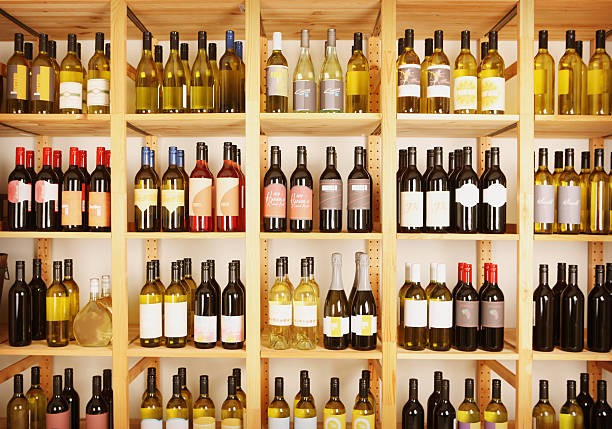
The Ultimate Guide to Wine Storage: Secrets to Preserving Its Magic
Opening a good bottle of wine should always be a celebration. But have you ever opened a wine you were eagerly anticipating and discovered it had lost its brilliance, its aromas had faded, or worse, it tasted rancid? The disappointment is immense. That moment makes you wonder: what happened during the time the bottle was stored?
The answer, almost always, lies in how we store the wine. Wine is a living, sensitive, and evolving entity that reacts to everything around it. Temperature, light, humidity, and even movement influence its journey from the winery to your glass.
The good news is that understanding a few basic principles can make the difference between ruining a bottle and preserving all its magic. Storing wine correctly isn't a luxury reserved for collectors; it's an essential skill for any wine lover who wants to enjoy every bottle at its best.
In this guide, we are going to break down everything you need to know about wine conservation, from the science behind it to practical solutions for your home, and you will learn how in our online wine store, you can buy wines online, the most careful you can get on the market.
Why is Wine So Delicate? Understanding the Enemy
To learn how to protect wine, we must first know what we're up against. Wine, especially red wine, is a complex mixture of alcohol, tannins, acids, and aromatic compounds that constantly interact. The three great enemies of wine are oxygen, heat, and light.
Oxygen is both a friend and a foe. In the right measure, it is essential for the aging of wine, softening tannins and developing complex aromas. But in excess, it oxidizes the wine, making it flat, causing it to lose fruitiness, and acquiring an unpleasant aroma of vinegar or spoiled apples.
Heat is probably the number one killer of wine in homes. High temperatures brutally accelerate the chemical reactions inside the bottle, literally "cooking" the wine. A wine exposed to heat develops aromas of stewed fruit and even cooked flavors, completely losing its freshness and vitality.
Light, especially ultraviolet from the sun, is terribly damaging. It acts as a catalyst for negative chemical reactions, creating what experts call "light strike," an aroma similar to wet dog or damp wool. This is why most bottles are dark-colored.
The 5 Commandments of Wine Storage (Long Life)
If you only remember five rules, let them be these. They are the undisputed pillars of proper storage.
Constant Temperature is Sacred
This is, without a doubt, the most critical factor of all. The ideal long-term storage temperature is between 12°C and 16°C (54°F and 61°F). The most important thing is not the exact number, but stability. A sharp temperature change causes the wine to expand and contract inside the bottle, which can push the cork and allow oxygen to enter. Avoid drastic thermal changes at all costs.
The Bottle in a Horizontal Position (or Nearly So)
If the bottle has a natural cork, it must lie on its side. The reason? This keeps the cork moist and swollen, hermetically sealing the bottle and preventing air from entering and oxidizing the wine. If the bottle stands upright for months or years, the cork dries out, shrinks, and cracks, ruining the wine. For wines with screw caps or synthetic corks, this rule is less critical.
Humidity: The Invisible Ally
An ambient humidity level of 60-70% is ideal. An excessively dry environment can dry out the corks, while one that is too humid can encourage mold growth on the labels and capsules. This is rarely a problem in homes, but it's something to consider if you store wine in a very dry storage room.
Total Darkness and Acceptable Silence
As we've seen, light is harmful. Wine must live in darkness. An interior closet is always better than a shelf next to a sunny window. Silence and lack of vibration are also important, as constant vibrations can disrupt the wine's slow evolution and "stun" its flavors.
Olfactory Hygiene
Wine breathes through the cork, so it can absorb strong odors from its environment. Do not store wine next to cleaning products, paint, onions, or in a room with intense smells.
How to Store Wine at Home (Without Needing a Cellar)
Great, you know the theory. But where on earth do you store the bottles in a normal apartment or house? Don't worry, there are solutions for everyone.
The Worst Place: The Kitchen
As tempting as it is to have bottles close at hand, the kitchen is generally the worst place in the house to store wine. It's usually the room with the greatest temperature fluctuations (oven, stove), strong odors, and vibrations (refrigerator, appliances).
The Most Common (and Dangerous) Place: The Living Room Shelving
An open shelf in the living room might look great, but it's often exposed to direct light and temperature changes. If it's your only option, choose a closed cabinet or the darkest and coolest part of the room.
The Best Practical Solutions:
- A Closet in a Spare Room or an Interior Hallway: These are almost always dark places with stable temperature and no vibrations. It's one of the best free options. Simply place the bottles on their side in a wooden box or on a shelf.
- The Storage Room (with Precautions): If it's cool and doesn't have extreme humidity, it can be a good spot. Make sure it's not next to the boiler or on a wall that gets direct sunlight.
- Wine Refrigerator (Wine Cooler): If your budget and passion allow it, this is the optimal solution. These are appliances specifically designed to maintain constant temperature and humidity. They are ideal if you want to store bottles for years or if you live in an area with extreme climates.
Buy the most careful wines with us
At Vinos de Alicante, we understand that the wine's journey doesn't end when it leaves the winery, but when you pour it into your glass. That's why we take every step very seriously, ensuring that every bottle we select has been produced and stored with the utmost care, preserving its authenticity and character until it reaches your hands.
Our online store reflects this commitment. We work with wineries that share our philosophy of quality and respect for the product. When you choose a wine from our selection, you can be sure it has been treated with the care and professionalism it deserves.
Wine is a journey of aromas and flavors. Caring for it correctly ensures that this journey ends at a wonderful destination: your glass.

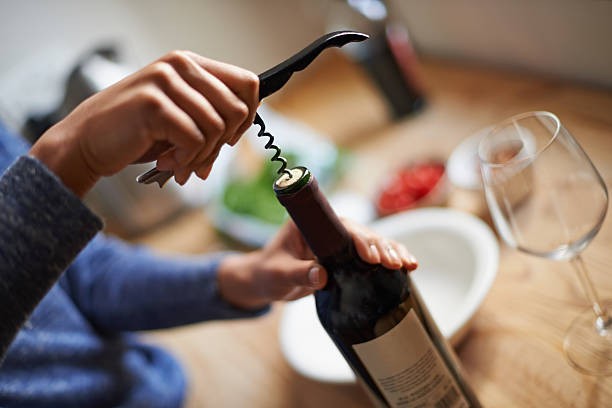
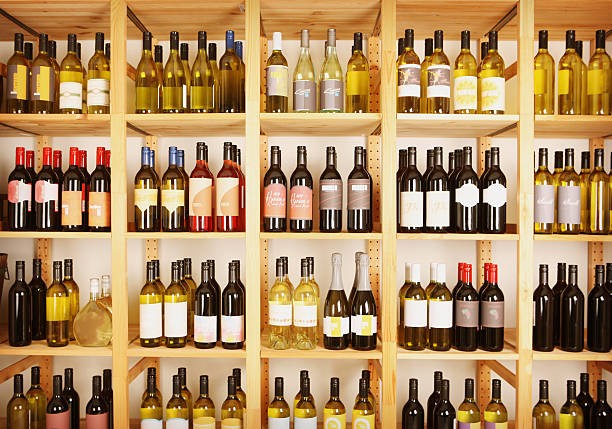
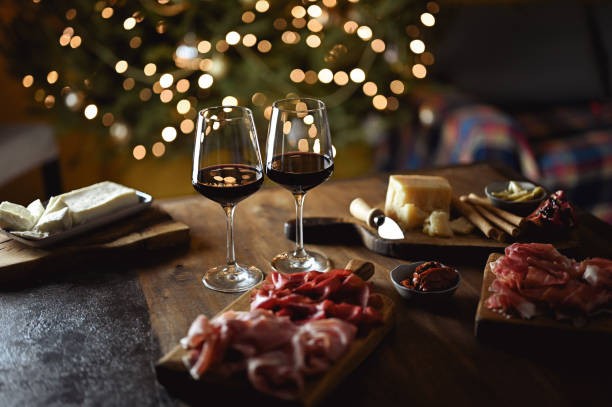
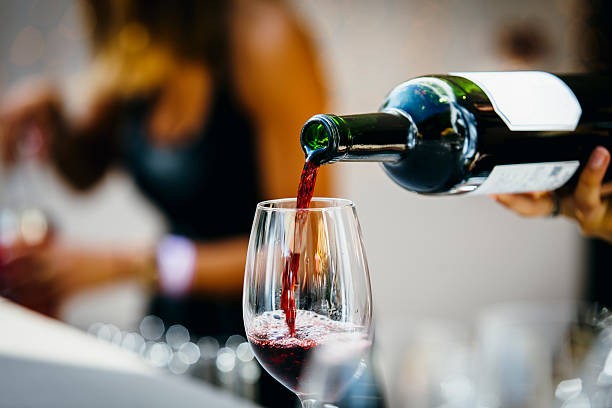


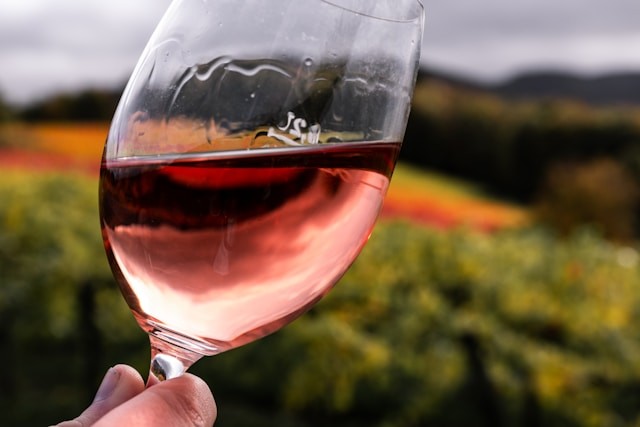
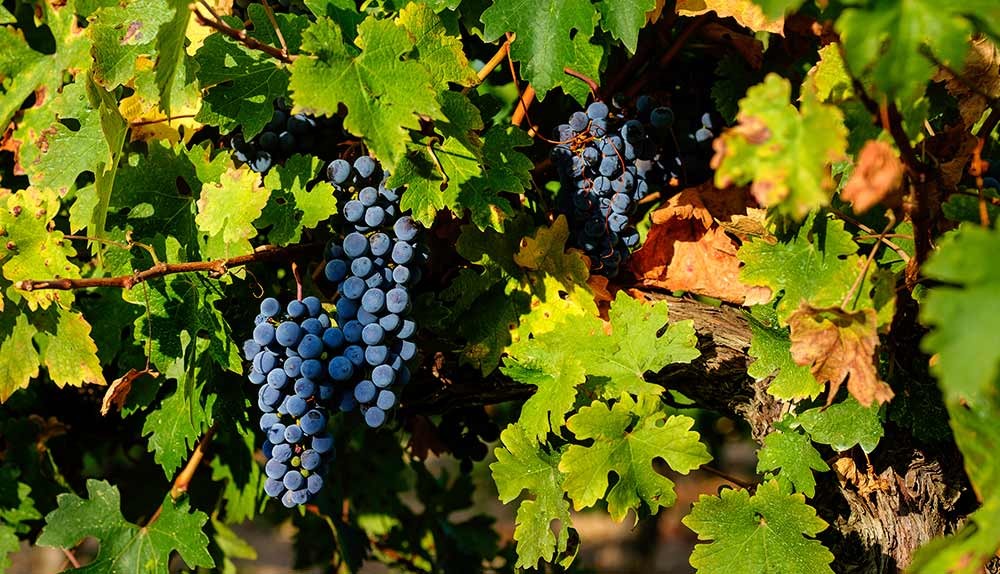
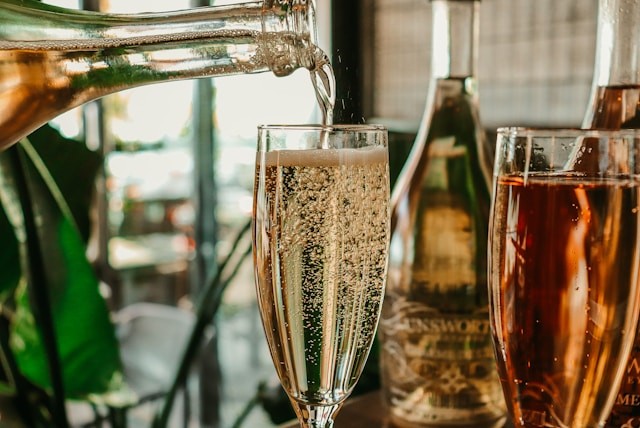
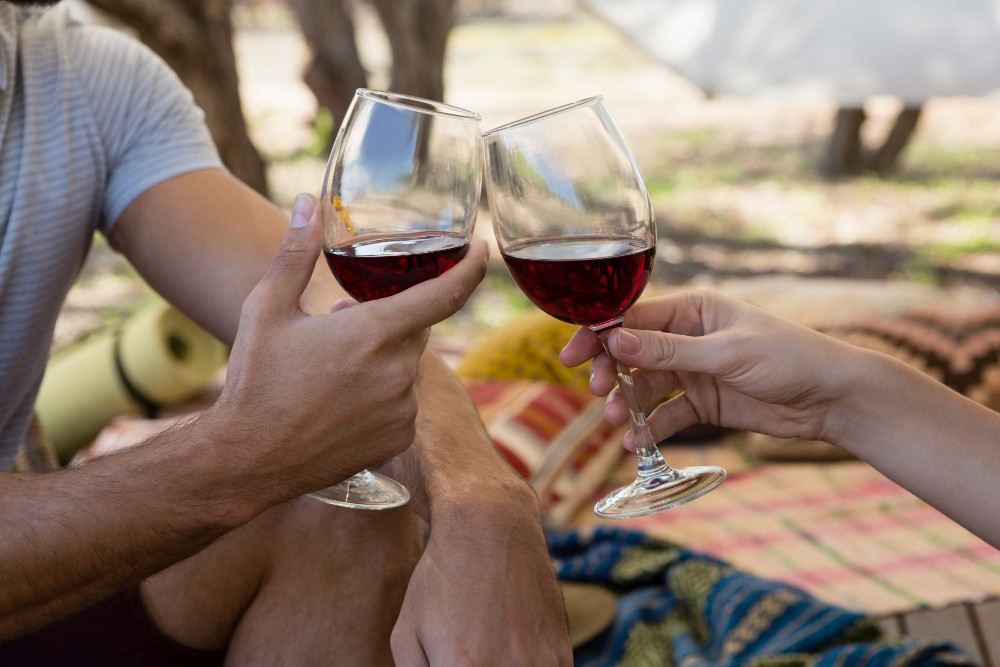
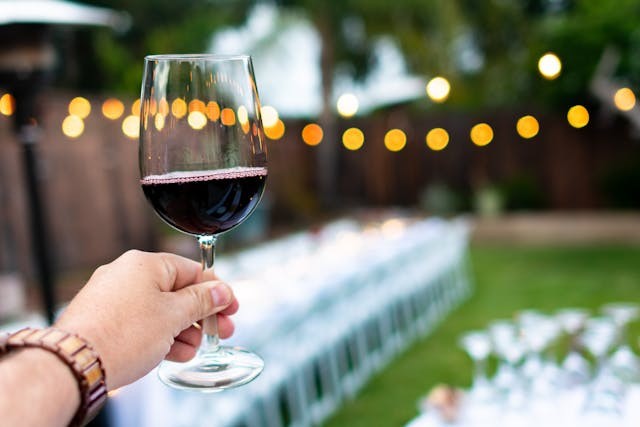

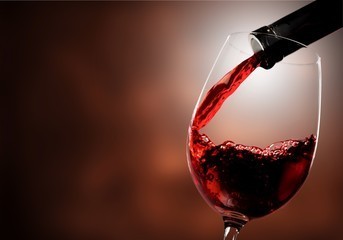
Leave a comment